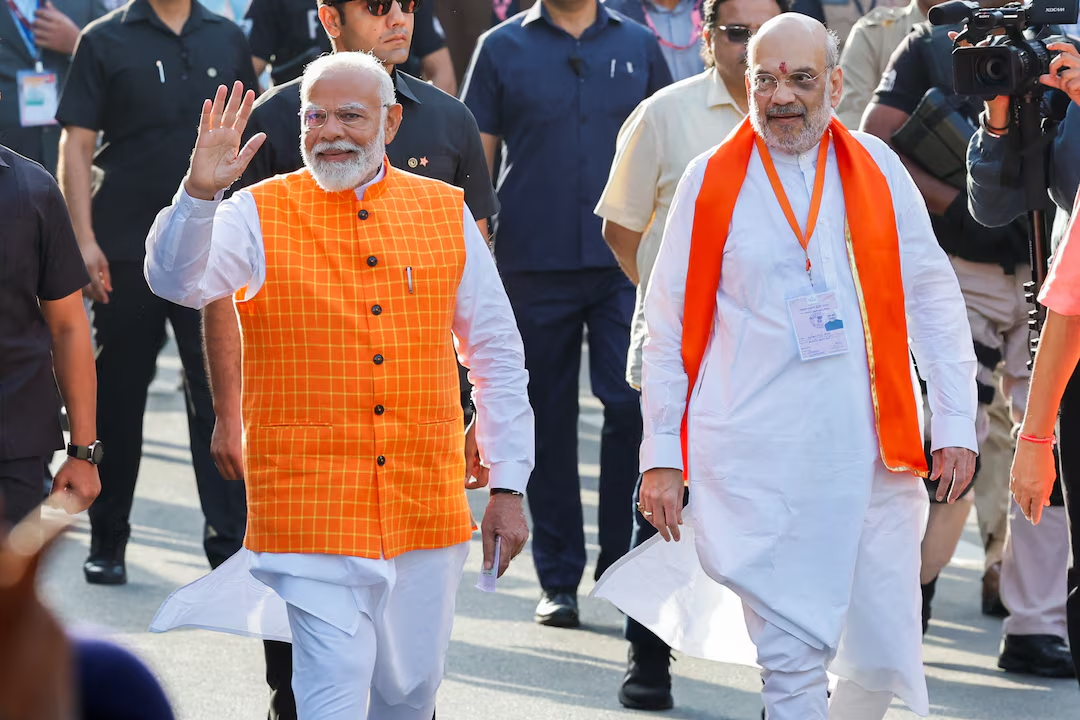
India’s expectations-defying election results on June 4, which left the ruling Bharatiya Janata Party (BJP) 30 seats short of a majority in the lower house of Parliament, has sent shockwaves through the system, with the stock market seeing its worst fall since March 2020.
Stock gains from Monday, based on exit poll predictions that the BJP-led National Democratic Alliance (NDA) will control at least 350 seats in the 543-member lower house, were erased as the NDA fell just shy of the 300-seat mark.
While the NDA has hit the simple majority of 272 needed to form government, the BJP will be forced to rely on its alliance partners to remain in power, bringing India back to an era of coalition politics after a ten-year hiatus.
The NDA’s underwhelming performance meant tanking stock prices and poor market sentiment, which may take some time to recover, says Rohit Jain, managing partner at Singhania & Co.
“The election results have been completely opposite from the exit poll predictions. Because of the high expectations, despite a decent show by the NDA, there is a negative perception. I think it will settle down. Markets may find it difficult to bounce back now in a hurry. It seems that economic environment shall stay muted for some time, and the capital markets and M&A activities (which have been in full bloom) may experience temporary slowdown for a while,” Jain said.
While a third BJP term promises regulatory continuity and certainty in the long-term, the lack of a single-party majority and a strong opposition will make the implementation of policy decisions much harder.
“The continuity of NDA in power will help in implementation of the legal reforms initiated in the banking, energy, environment, defence and other sectors. However, the lack of absolute majority of a single party unlike last time is likely to impact the pace of reforms and policies,” says Anand Shrivastava, a partner at Sagus Legal.
“It may even lead to certain contentious reforms or policies being put on the back burner. In my opinion, the long-term growth projection continues to remain positive,” Shrivastava adds.
While Modi promised strong impactful decision making in his potential third term in a post-election speech last evening, rumours of crucial allies shifting allegiances means a third term for the BJP may not be a done deal. Whether the BJP can hold onto its NDA alliance partners and push reforms through in a third term, which promises a multitude of changes, is yet to be seen.
“We expect that infrastructure will remain a major growth driver, including roads, airports, real estate, renewables and green energy/decarbonization. Another key policy priority for the new government ought to be creating a conducive regulatory framework for investments in new technologies, including AI and machine learning. There are also crucial reforms in the offing for the financial services sector across insurance, fintech and banks/NBFCs,” says Sanjam Arora, partner at Trilegal.

